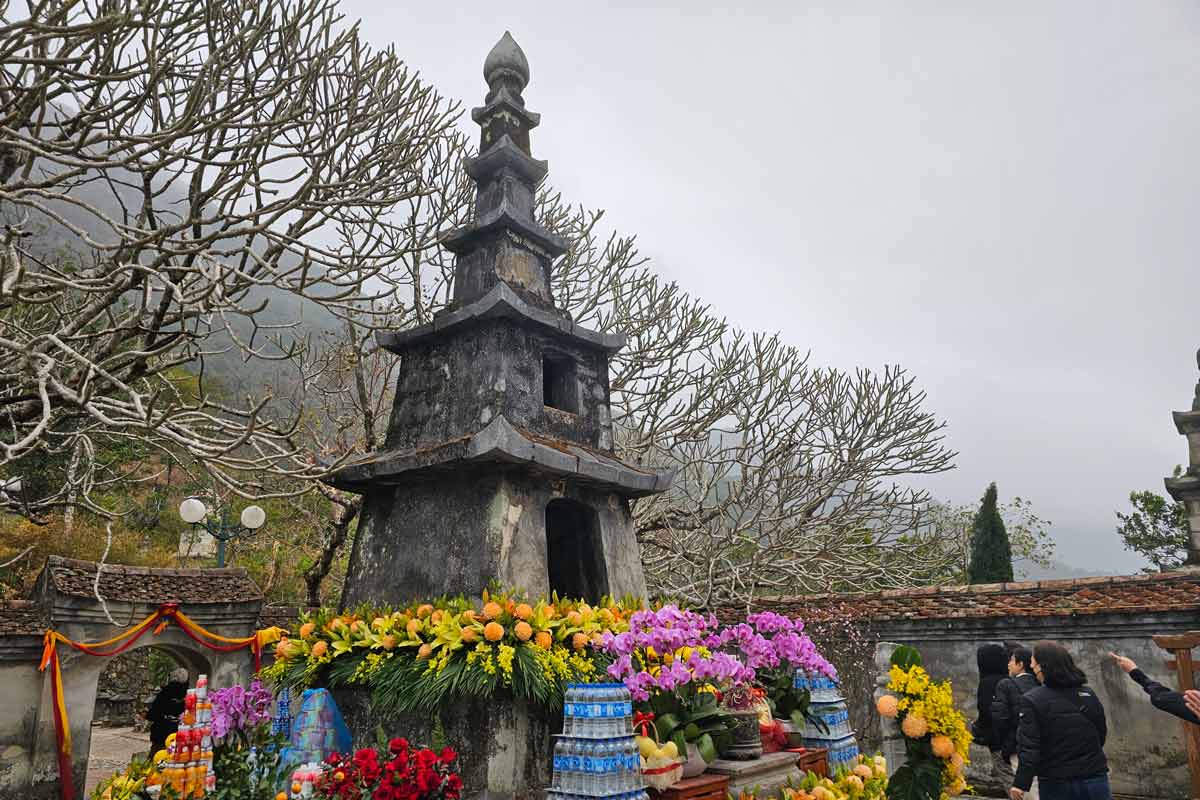
Yen Tu Tower in the World Cultural Heritage Complex of Yen Tu - Vinh Nghiem - Con Son, Kiep Bac. Photo: Doan Hung
Mr. Nguyen Viet Dung - Director of the Department of Culture, Sports and Tourism of Quang Ninh province - said: "The important task after the World Cultural Heritage is recognized is that the 3 provinces and cities will coordinate to develop a master plan for the entire complex of 12 relic sites; carry out archaeology, conservation and promotion of heritage values according to the 1972 UNESCO Convention. At the same time, it is necessary to determine the carrying capacity of the environment to ensure sustainable tourism development. The Department has developed a coordination plan and sent it to Hai Phong and Bac Ninh for synchronous implementation."
The World Cultural Heritage Complex stretches across three provinces and cities: Quang Ninh, Bac Ninh and Hai Phong, including 12 relic sites (Yen Tu Pagoda, Ngoa Van Hermitage, Thai Mieu, Bach Dang Stake Field, Lan Pagoda (Quang Ninh), Bo Da Pagoda, Vinh Nghiem Pagoda (Bac Ninh), Con Son Pagoda, Kiep Bac Temple, Thanh Mai Pagoda, Kinh Chu Cave, Nham Duong Pagoda (Hai Phong) with a core area of 525.75 hectares and a buffer zone of 4,380.19 hectares.
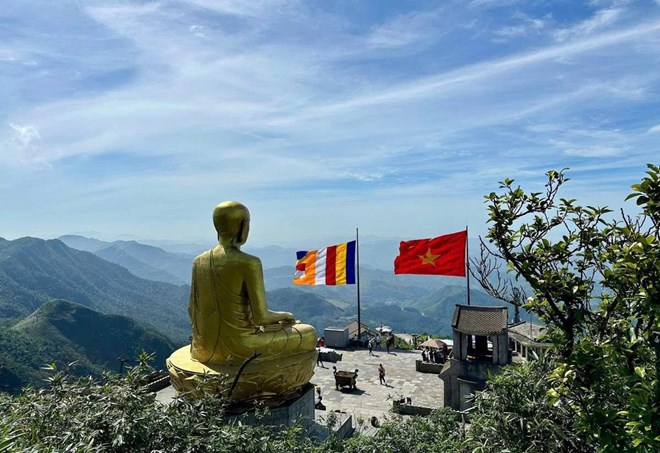
Statue of Buddhist Emperor Tran Nhan Tong on the sacred Yen Tu mountain. Photo: Nguyen Hung
The special feature of the complex is the close connection between the relics over many centuries, creating a complete system reflecting the process of formation, development and spread of Truc Lam Buddhism. From the sacred mountain of Yen Tu to Vinh Nghiem pagoda, Con Son - Kiep Bac, each point has profound historical, cultural and spiritual value.
According to Mr. Vu Dinh Tien - Deputy Director of the Department of Culture, Sports and Tourism of Hai Phong city: "Being recognized by UNESCO is a great advantage for tourism development, but also poses challenges in management. In the immediate future, the department will advise the city to elevate the Con Son - Kiep Bac Autumn Festival to be worthy of the title of World Cultural Heritage.
The city will promote communication, promotion and connection of 12 relic sites in the heritage complex to create specialized routes and tours such as: "Following the footsteps of the Three Patriarchs of Truc Lam", "Discovering the Con Son - Kiep Bac heritage", "A journey of 5 destinations".
Mr. Truong Quang Hai - Deputy Director of the Department of Culture, Sports and Tourism of Bac Ninh province - said: "In the process of considering the relic cluster as a World Cultural Heritage, the World Heritage Committee paid special attention to the management and promotion of heritage values.
Accordingly, Bac Ninh, Quang Ninh and Hai Phong will have to continue to coordinate to build a strategy to preserve, promote and highlight the global value of the heritage complex.
The UNESCO recognition of the Yen Tu - Vinh Nghiem - Con Son and Kiep Bac Monuments and Landscape Complex not only affirms the unique cultural and spiritual values of Truc Lam Buddhism, but also opens up opportunities for tourism and regional economic development.
However, for the heritage to truly shine, it requires the close cooperation and connection of Quang Ninh, Bac Ninh and Hai Phong in preserving, managing and sustainably promoting the global value of the heritage.
On July 12, 2025, at the 47th session of the World Heritage Committee, the Yen Tu - Vinh Nghiem - Con Son - Kiep Bac Monuments and Landscape Complex was officially recognized as a World Cultural Heritage under Decision No. 47 COM 8B.22.
This is Vietnam's first chain-type World Cultural Heritage, and the second inter-provincial Heritage out of a total of 9 World Heritages of Vietnam recognized by UNESCO.
The complex is listed under criterion (iii), as a special testament to the unique combination of state, religion and people in the process of forming Vietnam's cultural identity, contributing to maintaining regional peace.
According to criterion (vi), the heritage reflects the universal value of Truc Lam Buddhism - originating from Yen Tu - with its enduring influence, still maintained through rituals, pilgrimages, and scriptures in the country and the international community.
Source: https://laodong.vn/du-lich/tin-tuc/lien-ket-de-phat-huy-gia-tri-di-san-the-gioi-yen-tu-vinh-nghiem-con-son-kiep-bac-1568054.html


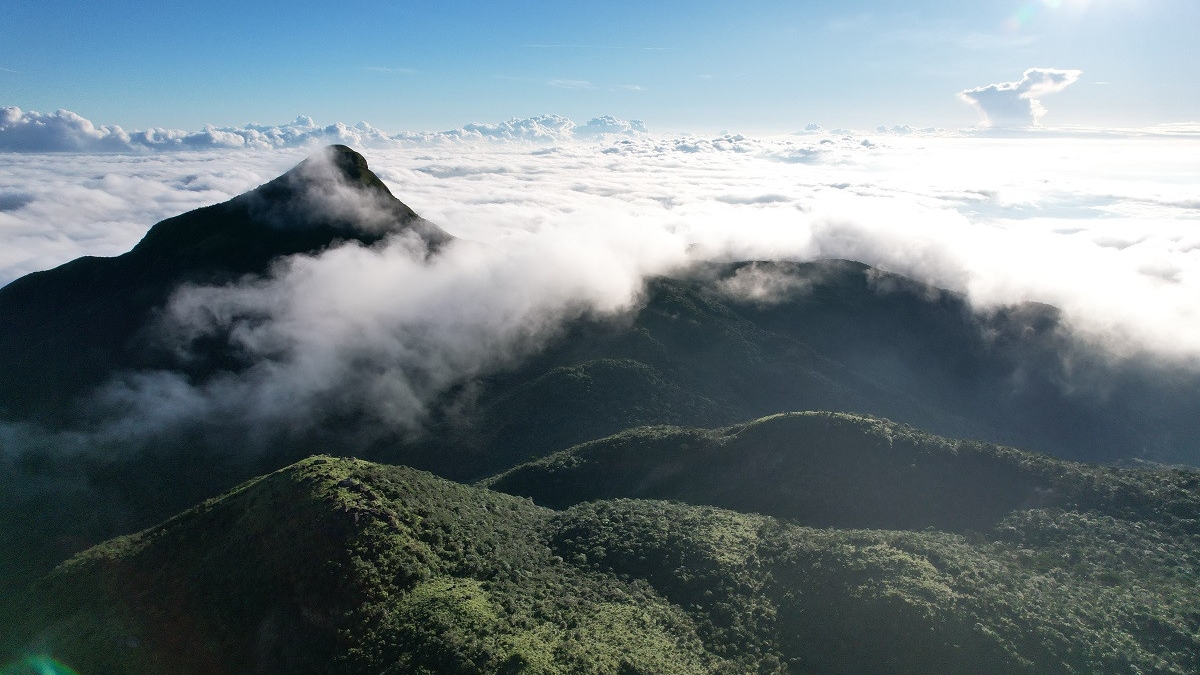
![[Photo] Fall Fair 2025 and impressive records](https://vphoto.vietnam.vn/thumb/1200x675/vietnam/resource/IMAGE/2025/11/03/1762180761230_ndo_br_tk-hcmt-15-jpg.webp)
![[Photo] Prime Minister Pham Minh Chinh receives the Chairman of the Japan-Vietnam Friendship Association in the Kansai region](https://vphoto.vietnam.vn/thumb/1200x675/vietnam/resource/IMAGE/2025/11/03/1762176259003_ndo_br_dsc-9224-jpg.webp)
![[Photo] General Secretary To Lam receives Singaporean Ambassador Jaya Ratnam](https://vphoto.vietnam.vn/thumb/1200x675/vietnam/resource/IMAGE/2025/11/03/1762171461424_a1-bnd-5309-9100-jpg.webp)
![[Photo] Lam Dong: Close-up of illegal lake with broken wall](https://vphoto.vietnam.vn/thumb/1200x675/vietnam/resource/IMAGE/2025/11/03/1762166057849_a5018a8dcbd5478b1ec4-jpg.webp)
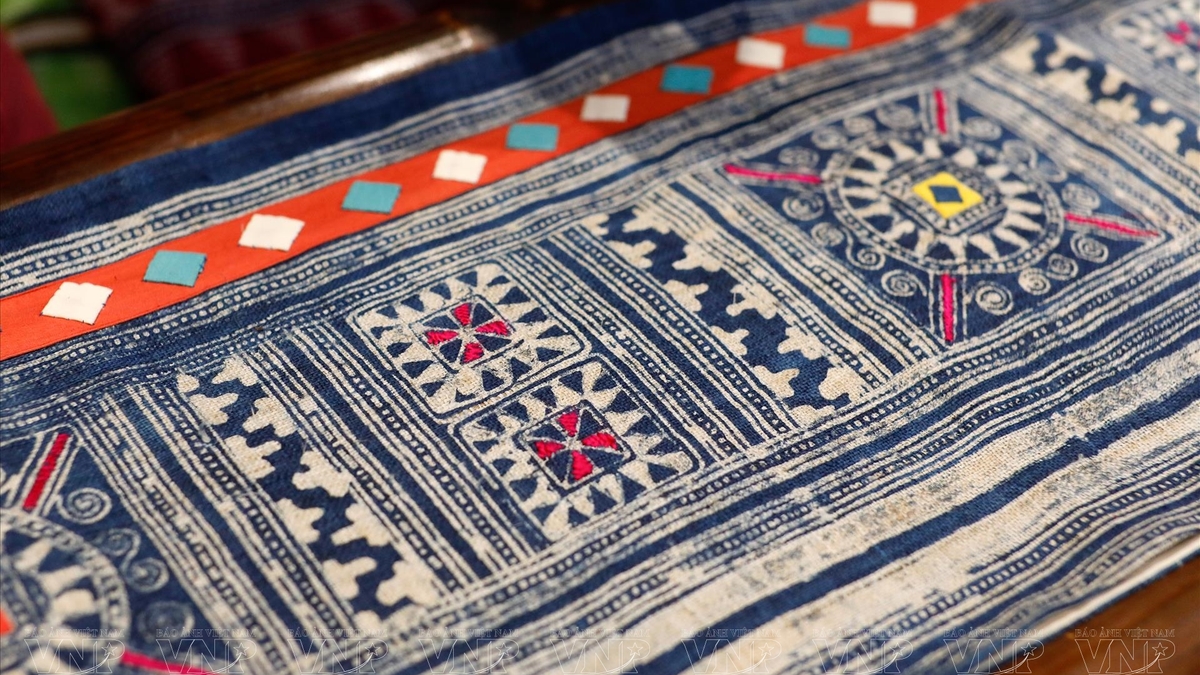
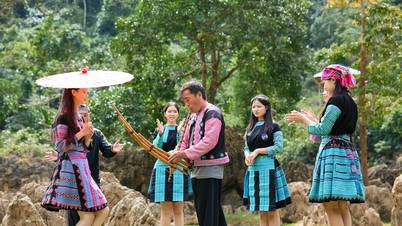

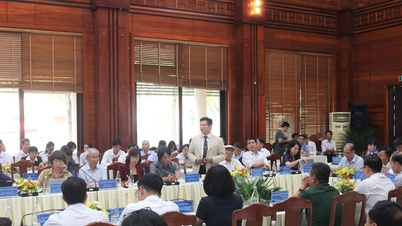

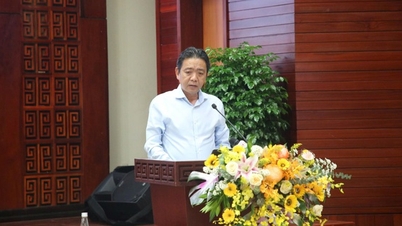

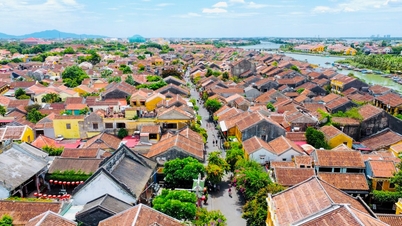







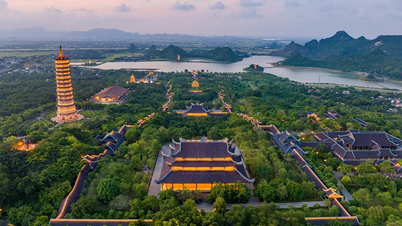


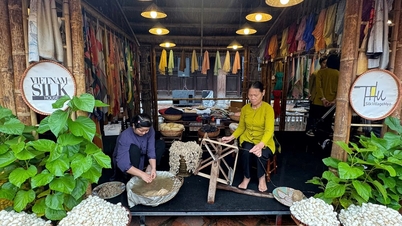

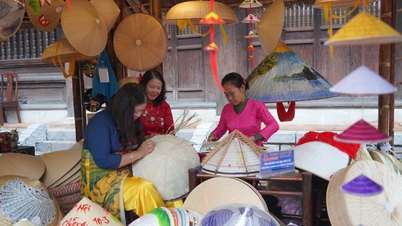




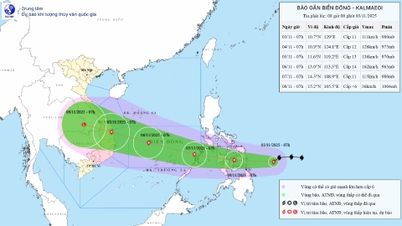



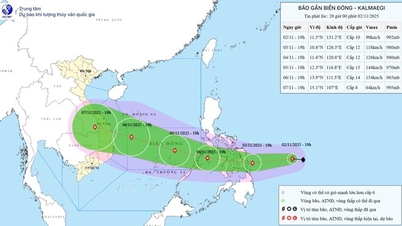
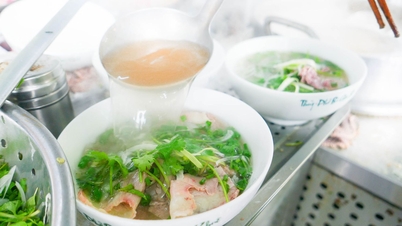
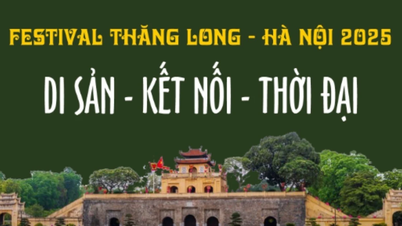
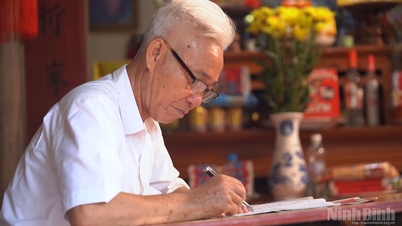

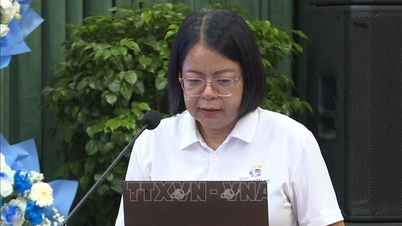

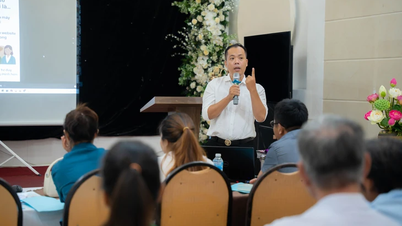


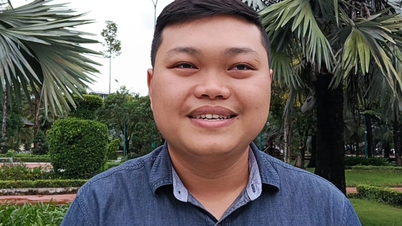


















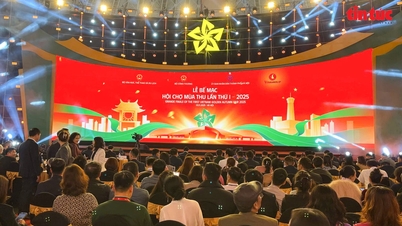




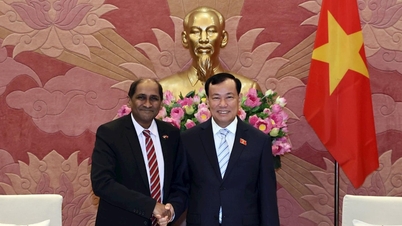

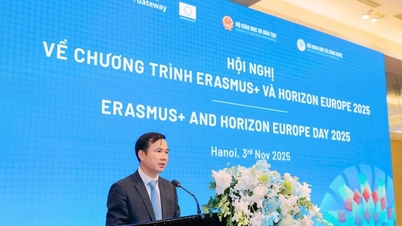

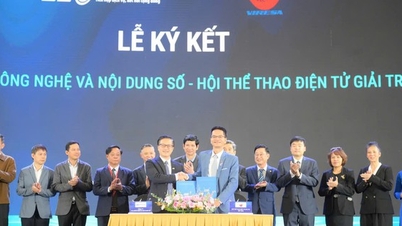
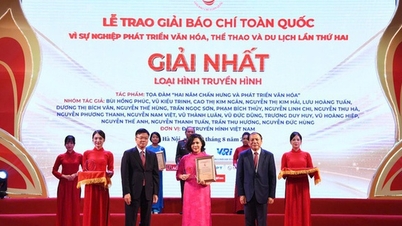


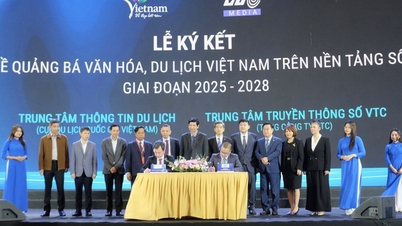


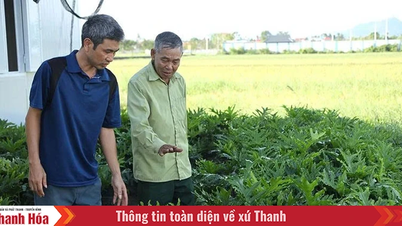




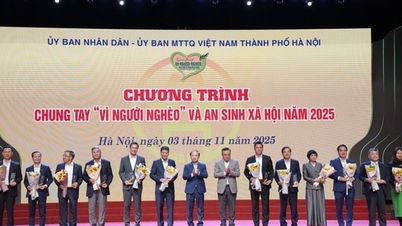


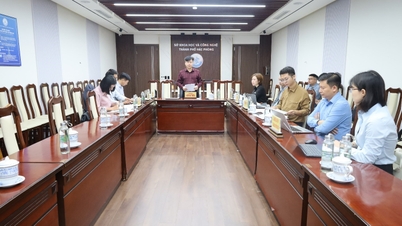









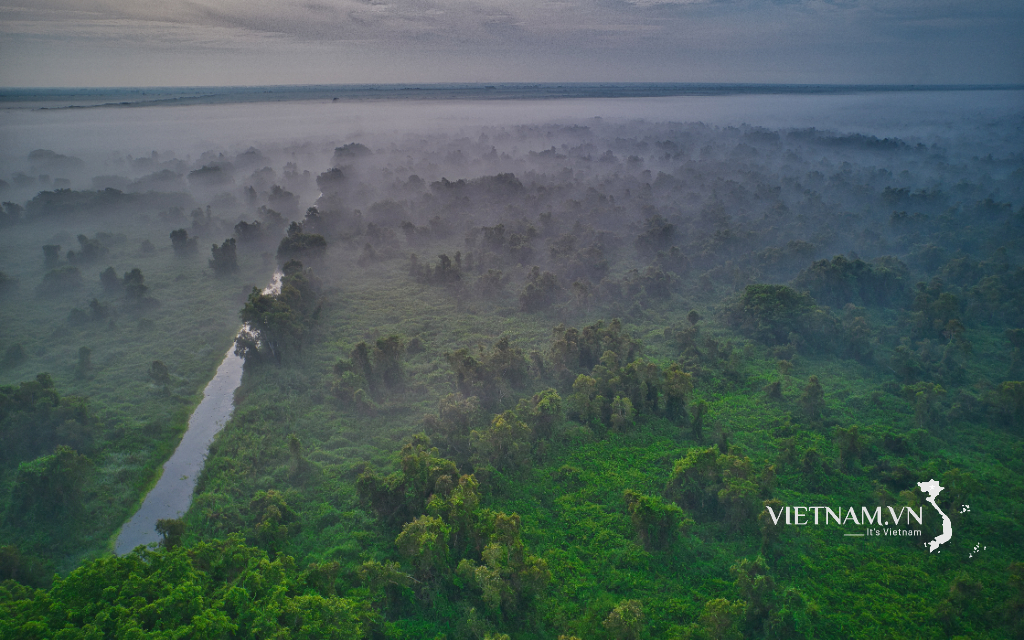



Comment (0)